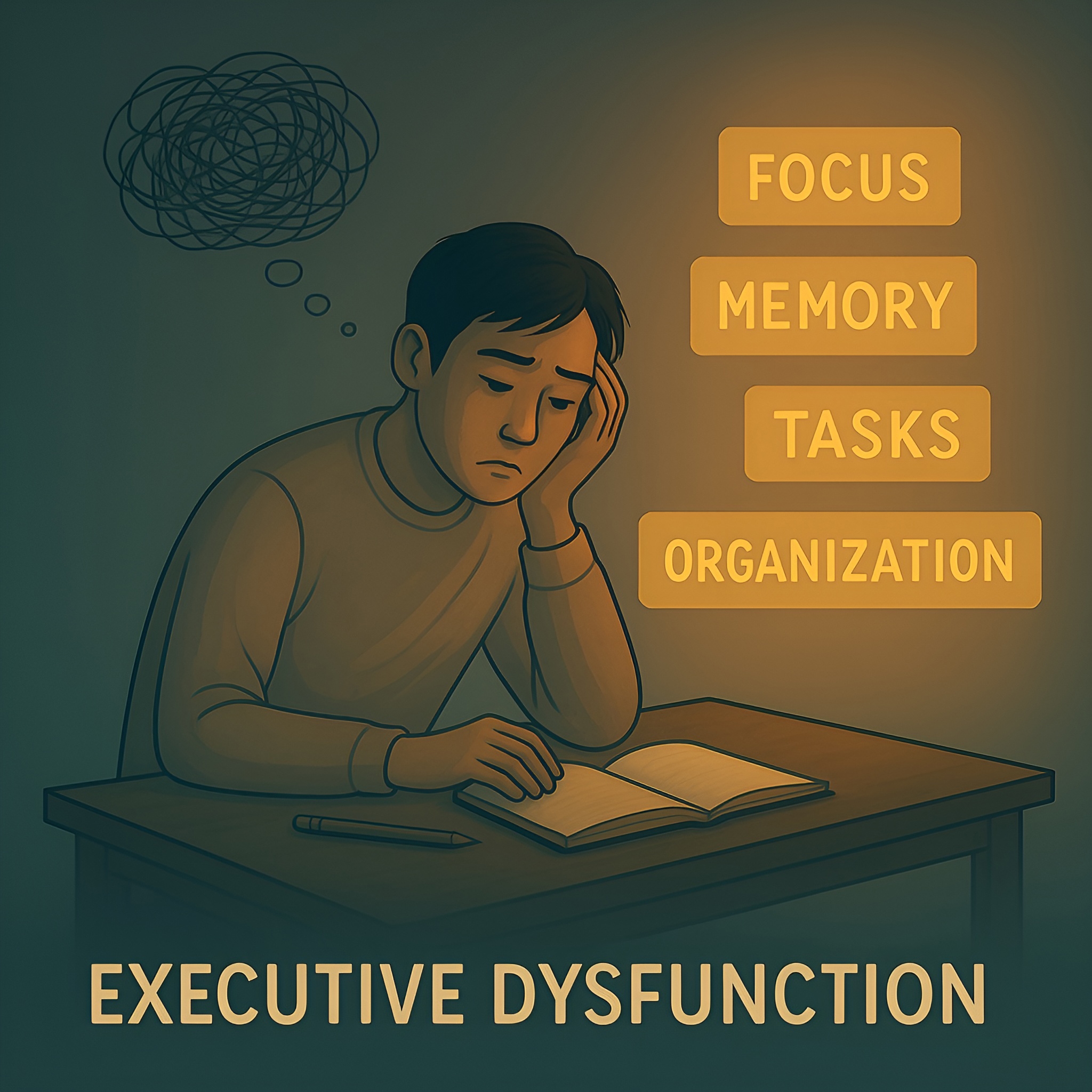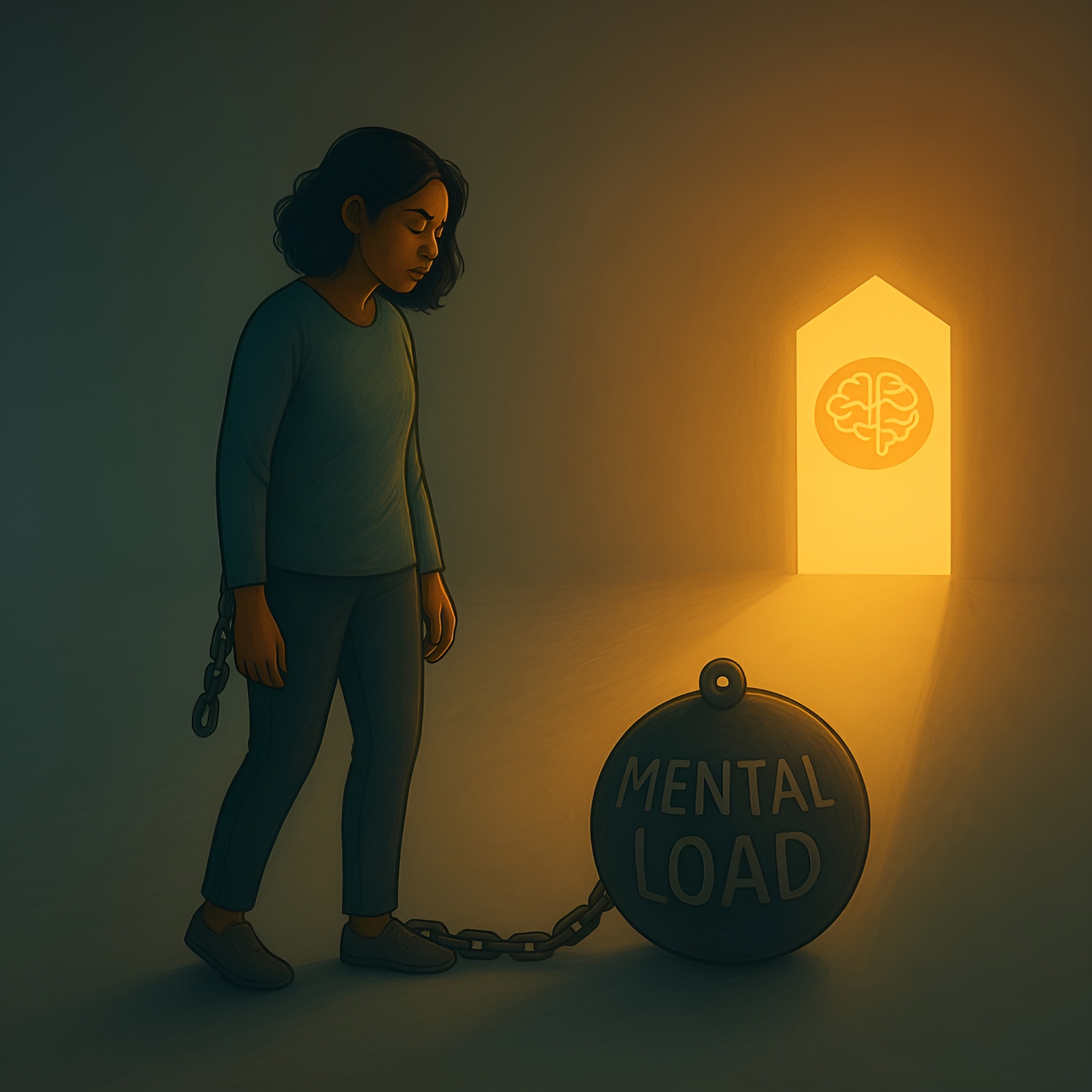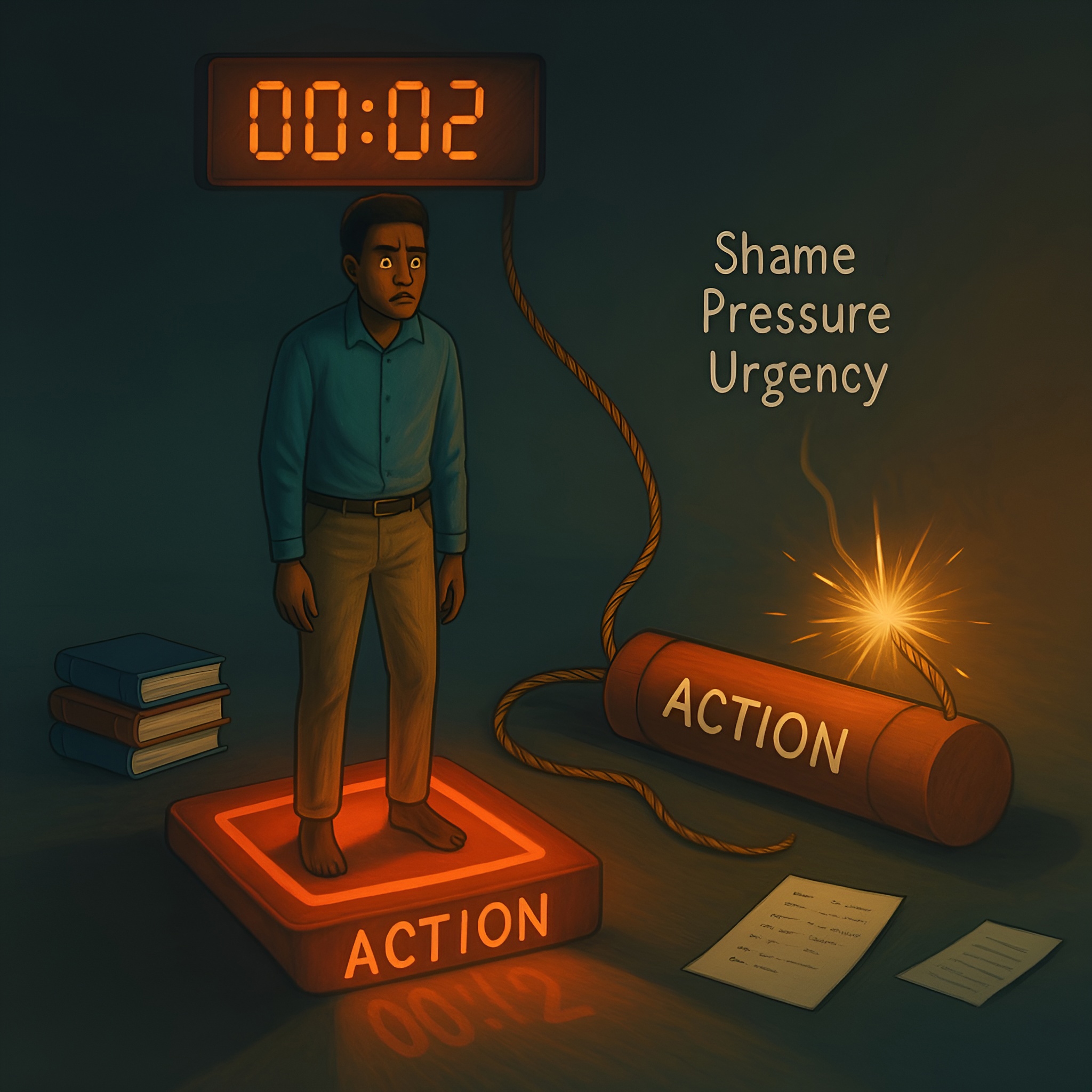Understanding the Pattern Beneath the Symptoms
Most people think of ADHD as a concentration problem.
But at ShiftGrit, we see something deeper: a pattern of internal rules, emotional loops, and survival strategies that formed long before the calendar chaos or missed deadlines started showing up.
That’s why traditional strategies—like planners, reminders, or even medication—often fall short. They can help with the symptoms, but not the why behind them.
Table of Contents
ToggleWhat ADHD Can Really Look Like
ADHD can be loud. Talkative. Restless.
But it can also be quiet. Masked. Misunderstood.
You might be:
- Constantly overwhelmed by to-do lists you never finish
- Paralyzed by perfectionism or fear of getting it wrong
- Toggling between hyperfocus and total burnout
- Buried in shame because you “should” be able to keep up
Whether you were diagnosed as a child, recently discovered it as an adult, or suspect you’re living in a neurodivergent loop that hasn’t been named yet—what matters is not just the label, but the pattern beneath it.
What Drives the Pattern?
At the core of ADHD struggles, we often find identity-level beliefs like:
- “I’m lazy”
- “I can’t focus unless it’s urgent”
- “I’m not trying hard enough”
- “I always mess things up”
- “I’m too much / not enough”
These beliefs don’t just affect your attention span—they affect your self-worth, relationships, and emotional regulation.
Over time, they create a pressure cooker inside. The more you try to “fix” the symptoms without addressing the root, the more internal friction you feel.
ADHD, the Walnut Brain, and the Pressure Cooker
We often describe the ADHD loop as a kind of nervous system overdrive.
The walnut brain (your threat-detection system) stays on high alert, interpreting deadlines, messiness, or social dynamics as potential threats to your worth or safety.
This creates what we call the pressure cooker—an overloaded internal system that eventually leads to shutdowns, outbursts, or total avoidance.
Without support, this can spiral into anxiety, depression, self-sabotage, or chronic burnout.
The ShiftGrit Core Method: Rewiring the Root
Our approach goes beyond time management and into identity-level transformation.
Using our structured protocol—Pattern Theory and Reconditioning—we help you uncover the limiting beliefs and emotional drivers behind ADHD-patterned behaviours.
This isn’t about working harder.
It’s about working differently—from the inside out.
Through sessions designed to target and neutralize automatic emotional responses, you’ll gain:
- A more regulated nervous system
- A clearer, more compassionate internal narrative
- The ability to make decisions from clarity instead of reaction
- Consistency that doesn’t rely on adrenaline or guilt
ADHD Assessments: Clarity Before Change
Not sure if ADHD is part of the picture?
We offer in-person ADHD assessments in our Calgary clinic to help clarify diagnosis, uncover executive functioning blocks, and create a personalized roadmap.
From the Blog: ADHD Patterns & Insights

Therapy That Moves You Forward
Whether you’ve known about your ADHD for years or just realized how much it affects your life, the ShiftGrit Core Method can help you shift out of shame and into sustainable progress.
→ ADHD Therapy Calgary
→ ADHD Therapy Edmonton





